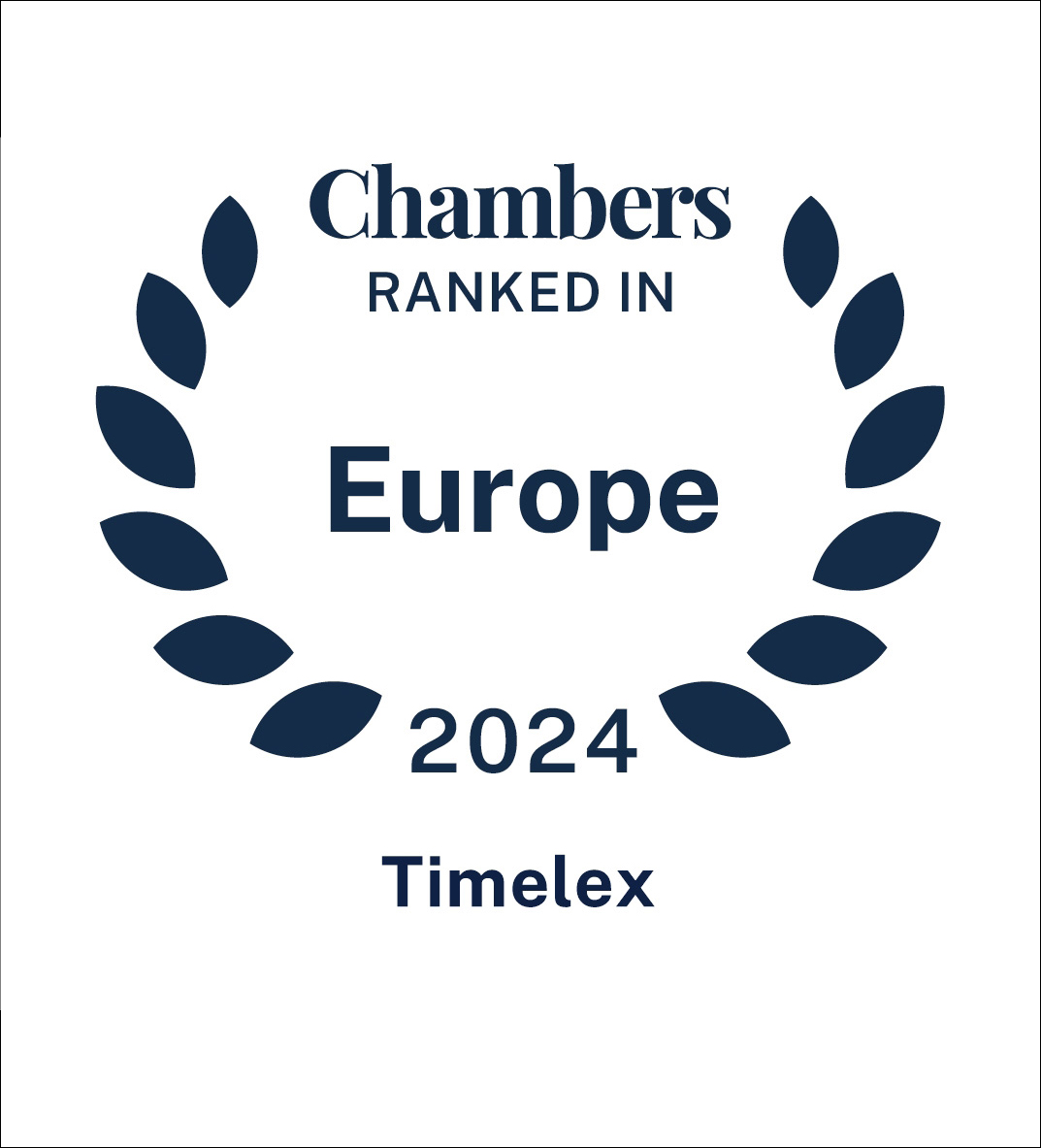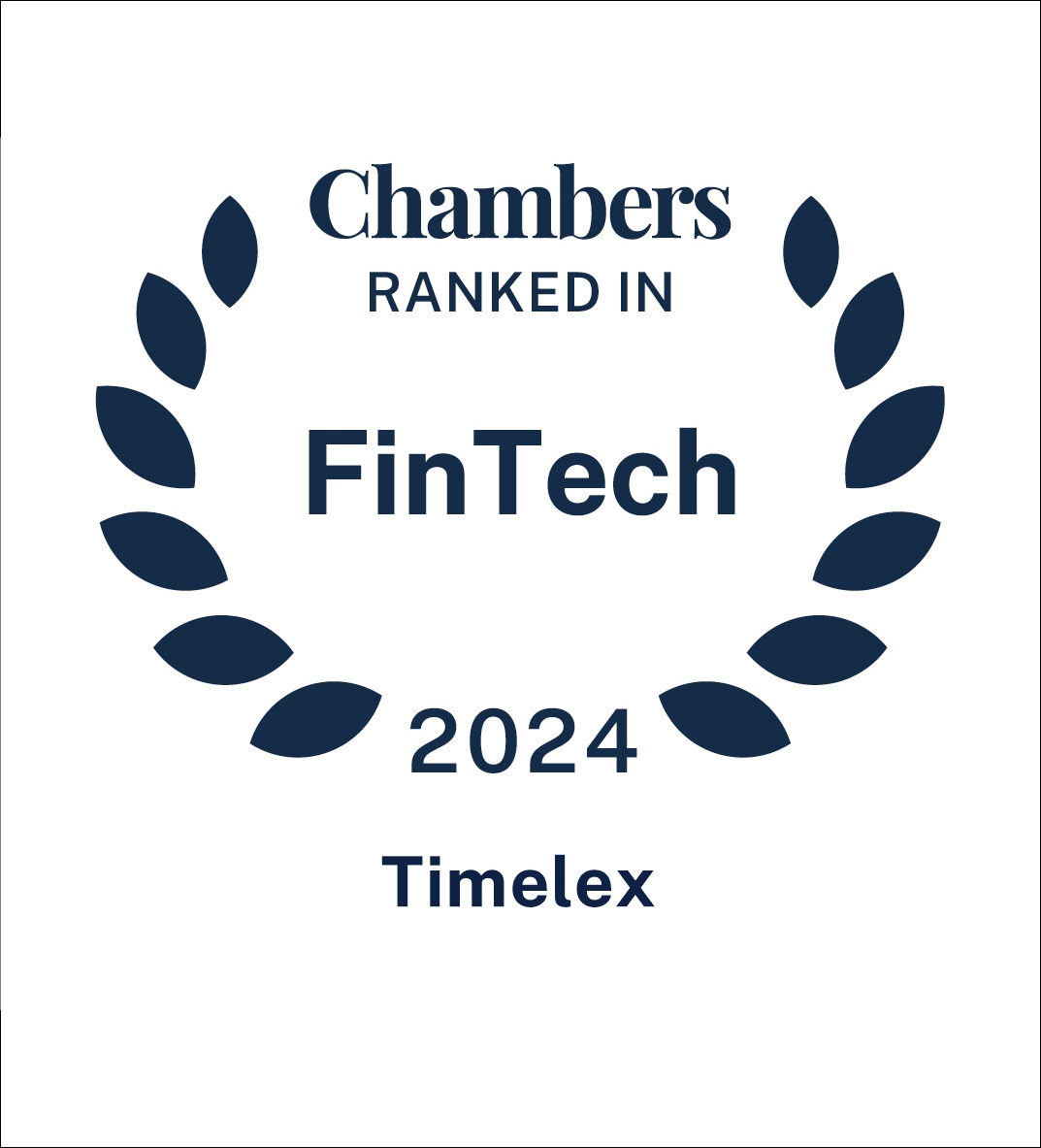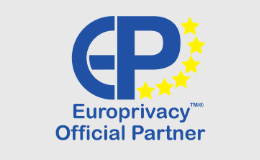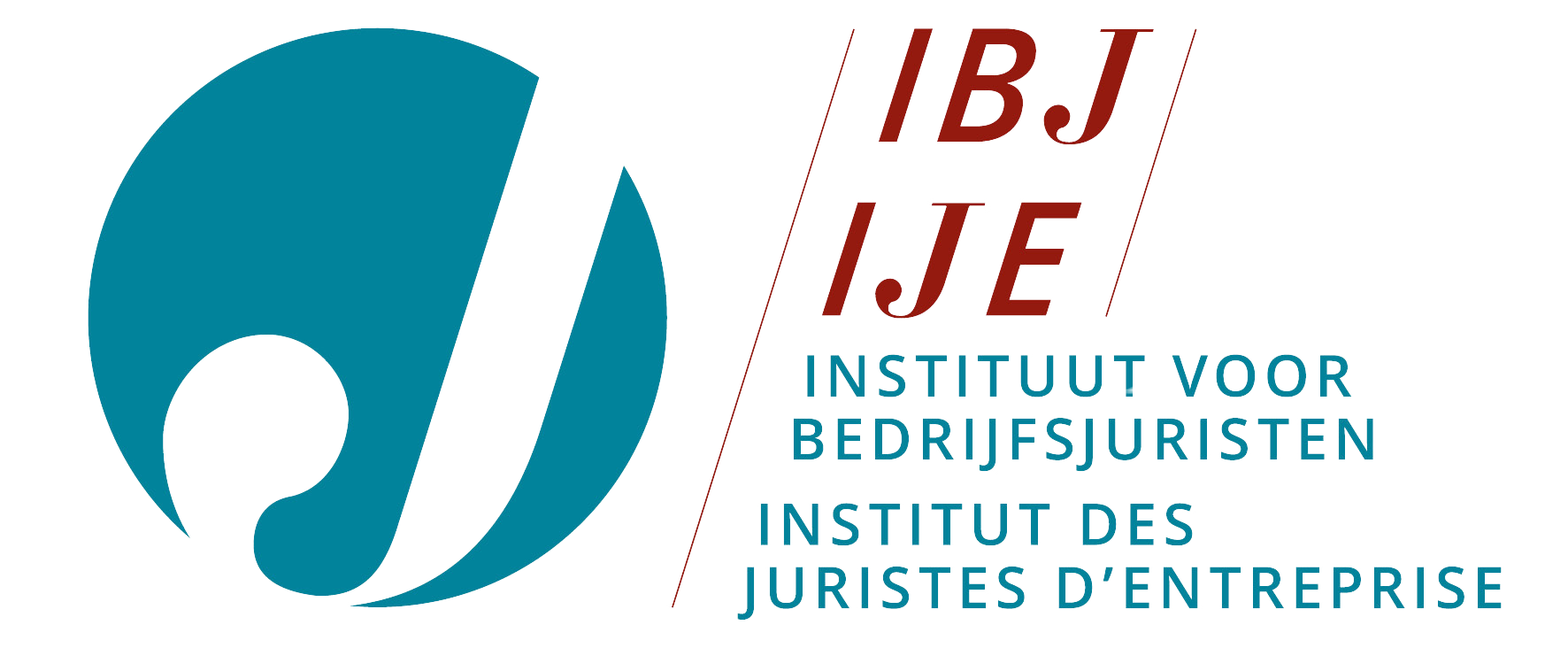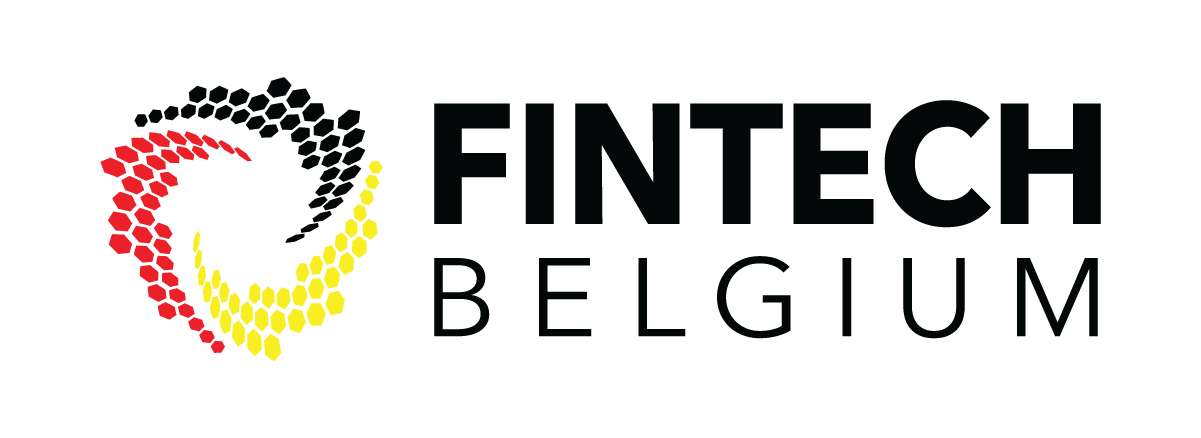Looking for?
Timelex wins first-ever 5G policymakers’ hackathon and presents results at 5G TECHRITORY conference
On November 26-27 2019, the first-ever 5G Policymakers’ hackathon took place in Riga, Latvia, as a side-event of the 5G TECHRITORY conference.
5G TECHRITORY conference
The 5G TECHRITORY conference is a forum for the development of a 5G ecosystem in the Baltic Sea Region, trying to bring innovators and business together with policymakers and investors, in order to create an unified momentum towards making 5G, and especially 5G-enabled emerging technologies a reality in the region and in Europe.
Policymakers’ hackathon
The policymaker hackathon furthered that goal by bringing together 35 policymakers, industry representatives and lawyers from all over Europe to create recommendations for policymakers across the EU on how to create a better legal environment for 5G-enabled innovation, testing, and deployment. While technologies are evolving exponentiality, the policymaking process is lagging behind. In order to force a break-through, five teams took on the following topics in a friendly competition to present the best policy solution during the two day hackathon:
- How to realize 5G-enabled cross-border travel of autonomous vehicles
- How to realize 5G-enabled cross-border travel of unmanned aerial vehicles
- How to leverage 5G-enabled technologies to facilitate sustainable urban development
- How to realize the potential of smart cities by enabling the real-life testing of 5G-enabled technologies in innovation zones
- Accident resolution in case of self-driving vehicles
Timelex’s involvement
Timelex contributed to this first attempt to create a methodology for a faster and better policymaking process by delegating two lawyers to join one of the teams. The Timelex teams took first and second place in the hackathon, presenting solutions for topics 1 and 3 above.
For more information about the hackathon and its outcomes, please refer to the hackathon press release on the conference’s website: https://www.5gtechritory.com/news/5-policy-recommendations-from-the-first-ever-5g-policymakers-hackathon.
In addition to this, Timelex also delegated one of its lawyers to present the results of the hackathon and moderate an interesting panel discussion in the main conference, titled Can Europe save the 5G new-born by introducing an innovative approach in legal framework development?. This panel discussed the same challenges touched upon in the hackathon, but on a higher level.
Main outcomes of the event
The overall outcome of both events seems to be that many of the 5G-enabled technologies (self-driving vehicles, drones, robotics, etc.) that are quickly becoming a reality are hindered in their full development and later deployment by the highly fragmented legal frameworks (or lack thereof) across the EU. Currently, many things that are technically possible are not able to be implemented in reality because of restrictive legal rules. Rules are restrictive because of a lack of trust in these emerging technologies by society and policymakers.
In order to break through this impasse, regulatory sandboxing might lend a helping hand. The main idea of this concept is to create isolated and controlled testing environments in real life, where the strict rules can be relaxed, allowing the testing of these emerging technologies. This can be done for example in a geographical zone of a city (an innovation zone), where industry partners can apply for a project to test a given technology. If paired with a robust governance system, this should ensure a safe environment for testing, but in real life circumstances, allowing technology providers to prove the potential value of their solutions and to address safety concerns, thus slowly building societal support, which will be needed to create the political momentum to effect regulatory change.
However, in order to fully realize the potential of 5G-enabled technologies, building support and creating a facilitating legal framework on the local (national) level is not sufficient in the long term. It was clear, both during the hackathon as during the panel discussion, that a unified European framework is necessary to unlock all of the technological potential. Thus, it seems like action on the EU level will be necessary in the near future.
For more information about the legal aspects of 5G and 5G-enabled technologies, please contact a Timelex lawyer.







